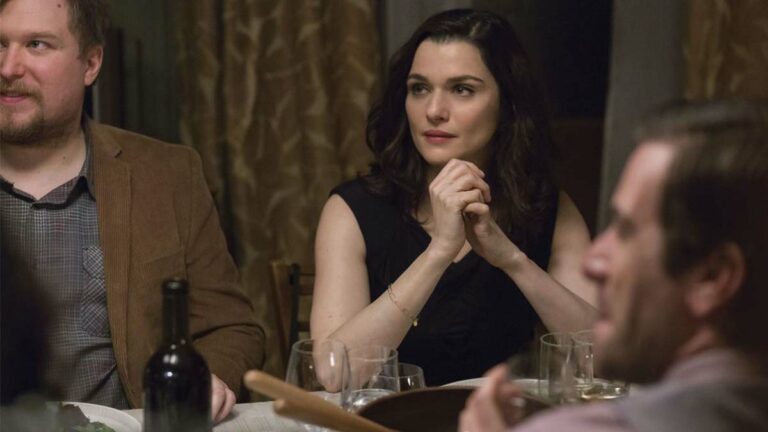“Conservation is more than just putting up a plaque and calling something a park,” President Barack Obama said at the 20th annual Tahoe Summit as he beamed down over a sea of camera phones and sunglasses reflecting the cloudless blue sky and pulsing sun above.
“We embrace conservation because healthy and diverse land and waters help us build resilience to climate change. We do it to free more of our communities and plants and animals from fire, droughts and displacement,” he said.
Obama opened his remarks at the Aug. 31 summit with a few jokes—including a reference to Fredo’s tragic demise at the lake in The Godfather Part II—before switching to a more reflective and solemn tone. In some ways, the event in Stateline, Nevada was reminiscent of a music festival—one headlined by the Killers, who took the stage right after the president.
Obama discussed climate change and conservation at his highly anticipated landmark talk. Sen. Barbara Boxer, Sen. Harry Reid (Nevada) and Gov. Jerry Brown spoke as well.
All year, Obama has been on something of a public relations tour, touting the successes that his administration has achieved over the past eight years, and bringing a more light-hearted tone to his speeches. But his trip to Lake Tahoe represented more than that.
The president has been doubling down lately on his environmental credentials—adding 400 more acres to Yosemite, for instance, on his visit to the national park in June, and ordering a halt to a controversial North Dakota pipeline last week.
On the same day as his speech in Tahoe, the White House announced $35 million to restore streams near Tahoe, manage stormwater runoff and reduce fire hazards, like dead trees, in the area.
Two decades ago, Tahoe’s emerald waters were becoming murky, and invasive species along with logging and unfettered growth were “wreaking havoc,” said Reid, who hosted the event and spoke before Obama.
Today, Tahoe is healthier, thanks to Republicans and Democrats working together, Brown explained. The lake, he said, is an example of how natural beauty can transcend politics. (It’s a trend that reaches beyond Lake Tahoe. The Monterey Bay National Marine Sanctuary has also benefited from federal protections and funding over the last three decades, even under Republican-controlled legislatures.)
The government spent $1.9 billion on the renewal of the popular tourist area that’s home to 290 species of animals. With more than 16,000 acres of wildlife habitat, 1,500 stream-environment zones restored and 2,700 linear feet of shoreline added, it’s “more pristine than it has been in decades,” said Reid.
“Lake Tahoe really is one of the world’s jewels, and there has been bipartisan support to protect it,” Tim Duane, a UCSC professor of environmental studies, tells GT.
Even so, Lake Tahoe’s surface water had its hottest year ever in 2015. Even while protecting natural areas, Duane says Republican leaders have found “ideological, political, and economic reasons” for ignoring bigger environmental problems like climate change, as average worldwide temperatures appear poised to shatter previous records for the third straight year.
In his speech, the president went after climate change deniers, even dropping a snarky comment about U.S. Senator James Inhofe’s poorly received presentation of a snowball on the Senate floor last year.
More than a quarter of U.S. emissions come from transportation, according to the Environmental Protection Agency. Obama mentioned that for the first time ever there are now national emissions standards on commercial trucks, vans and buses.
Brown boasted that 25 percent of California’s electricity now comes from renewable energy, a number that legislators have promised to double by 2030. Raising his voice over thunderous applause, he praised car manufacturer Tesla’s billion-dollar electric battery plant in Nevada as well as the company’s electric car production in California. “Nevada and California are going to electrify and renew the world,” he said.
California passed the first state law regulating greenhouse gas emissions from automobiles in 2002, and since then has been implementing policies to reduce emissions to 1990 levels by 2020. Duane says low-carbon fuel and energy efficiency standards, along with a cap-and-trade program, have made the state a leader in renewable energy development and efficiency since the 1980s.
Duane spent the last 16 months working on a study looking at how the country can achieve its goal of an 80 percent reduction in greenhouse gas emissions by 2050. That, he says, is the goal we “really need” to achieve. In order to accomplish it, he says California needs to “ramp up investment in electric vehicles and their charging infrastructure.”
Duane calls the evolving transportation industry an “enormous business and economic opportunity.”
Looking out over the crowd and Stateline, Obama suggested conserving the natural environment is imperative not just for locals nearby, but also for “our entire ecosystem.”
“Just as the health of the land and people are tied together, just as climate and conservation are tied together,” Obama said, “we share a sacred connection with those who are going to follow us.”


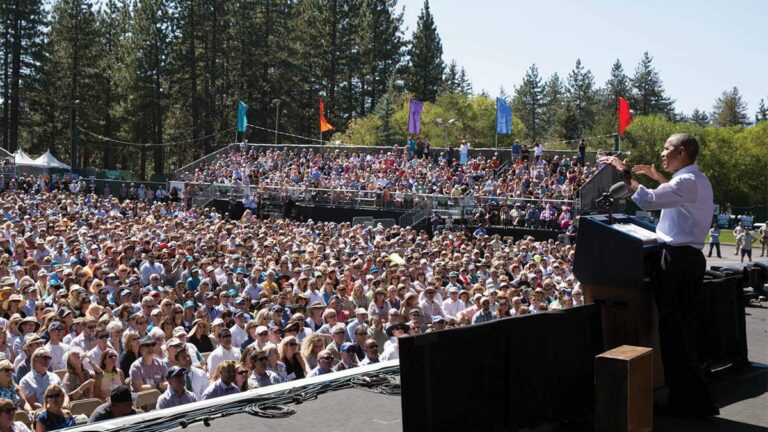
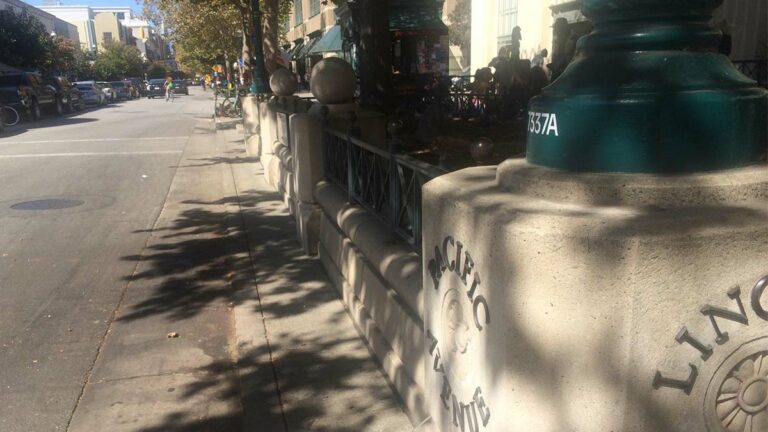
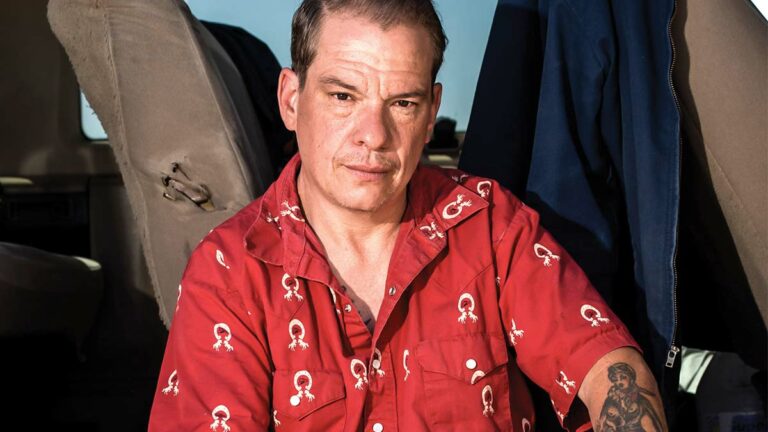

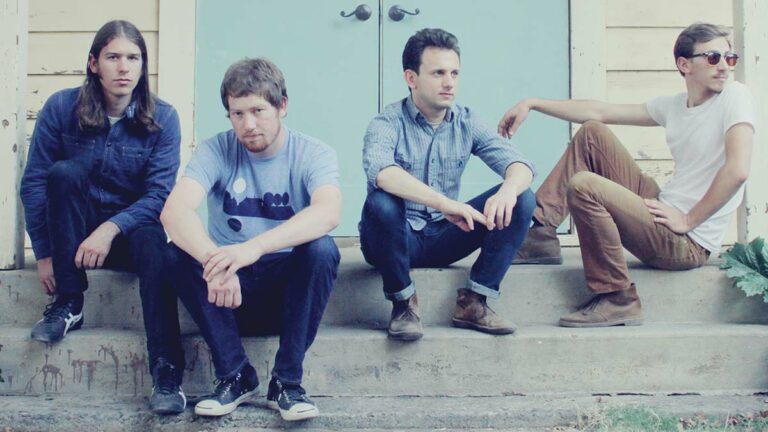
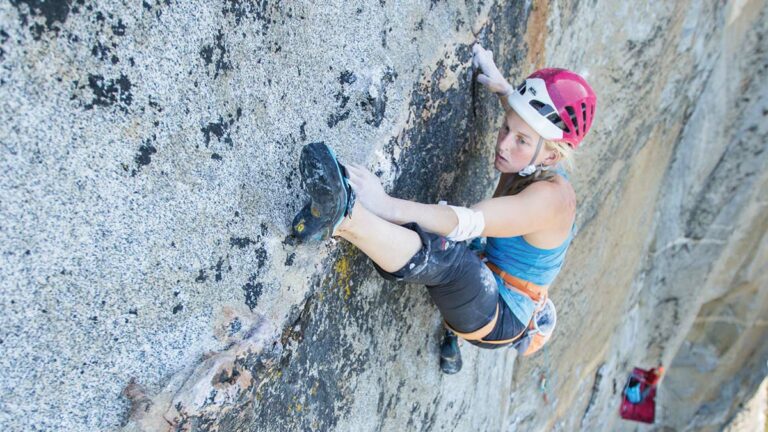
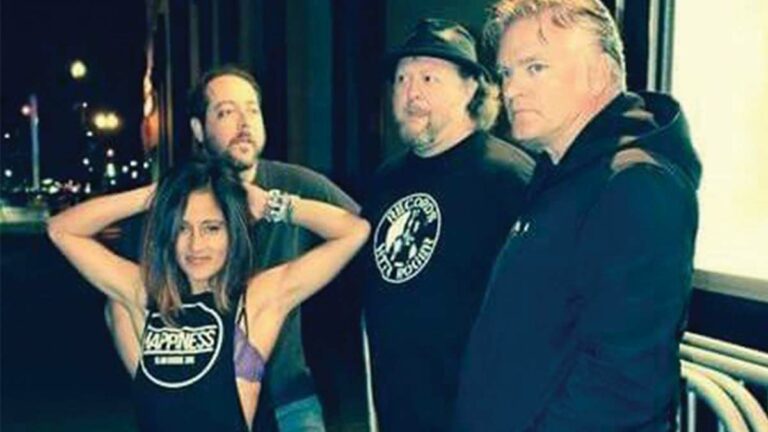
 “Patient Zero,” the opening track off of local band SA90’s debut record
“Patient Zero,” the opening track off of local band SA90’s debut record 